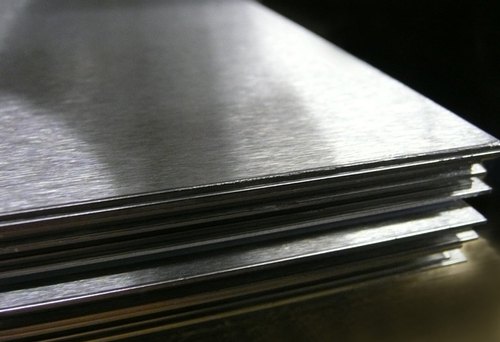1. Annealing of cold-rolled raw coils
After the hot rolling process, the stainless steel strip will undergo plastic deformation, and the steel grains will be extended, flattened and broken along the rolling direction, and a large number of dislocations will be formed at the grain boundary, resulting in work hardening in the case of lattice deformation. For 400 series stainless steel with high carbon and nitrogen content, the martensitic transformation occurs in the structure during the cooling process after hot rolling, and all or part of the martensitic structure is obtained at room temperature. Therefore, a bell-type annealing furnace is used to heat the material above the martensitic transformation point, and after a long time of heat preservation and slow cooling, the internal stress of rolling and work hardening are eliminated, so that the elongated grains become equiaxed grains. Obtain good cold workability. The martensite structure is also decomposed into spherical carbides evenly distributed on the ferrite matrix, and the strip becomes soft, which is conducive to subsequent processing. The figure below is a typical process curve of 430 stainless steel bell furnace annealing. After hot rolling of 430 stainless steel, the structure contains some martensite, which makes the material hard, which is not conducive to subsequent processing.
By heating above the transformation temperature, about 840°C, the martensite in the structure is eliminated, and a lower hardness is obtained. In order to prevent the regeneration of the martensite structure due to the excessive cooling rate, usually a heating mantle is slowly cooled to below 700°C, and then the cooling mantle is fastened for rapid cooling. When the core temperature is cooled to 350°C, the stainless steel coil is hoisted to the end. The cold stage does the final cooling.

2. Intermediate annealing of cold-rolled stainless steel
Hardening occurs during cold rolling of 400 series stainless steel. The greater the amount of deformation, the greater the degree of work hardening. For thicker stainless steel strips, two or even multiple rollings are required to obtain the required thickness, so intermediate annealing is required. This type of annealing can be carried out in a continuous furnace, followed by pickling treatment to remove iron oxide scale, or a strong convection full hydrogen bell annealing furnace can be used for annealing. Since the protective atmosphere is pure hydrogen and has a low dew point, bright and smooth annealing can be obtained. surface, eliminating the need for pickling process, and excellent mechanical properties. This type of annealing is generally heated at a temperature not exceeding the martensitic transformation point, otherwise the dispersed spherical carbides will dissolve again.
3. Finished annealing of cold-rolled stainless steel
The annealing of stainless steel cold-rolled finished coils generally does not require a bell-type annealing furnace. This is because the surface of the cold-rolled coil will be slightly oxidized after long-term annealing, and there will be uneven annealing traces, which will affect the use of the surface. In addition, cold-rolled finished coils are usually very thin, and surface defects such as bonding and interlayer scratches are prone to occur when the annealing temperature is high.